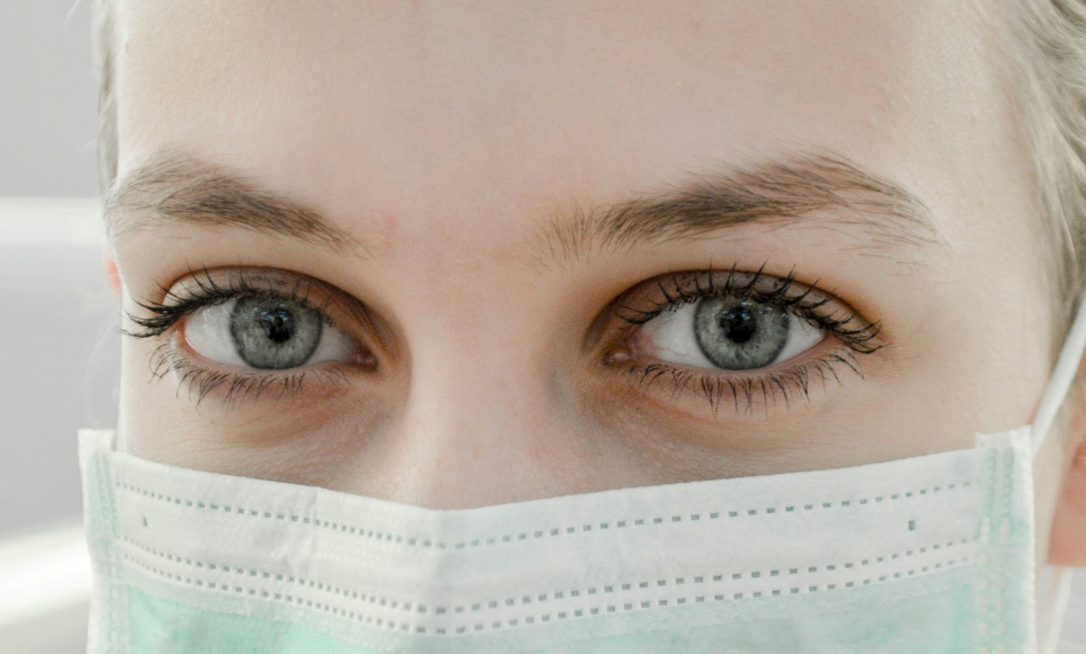
@ShahidNShah


Nurses are the frontline fighters in the medical care of citizens nationwide. Without these selfless souls, there would be no one to administer painkillers, keep us clean, and ensure that everything is going well with our care. Nurses are the foundation of the care we receive when we’ve been hospitalised.
Entering the nursing industry is demanding and requires a lot of education, however, despite the range of online PhD programs in nursing and all that students learn from similar courses, it is practically criminal how much of nurses’ contributions to the medical industry goes unknown. Therefore today, we’re examining six of the most amazing and important inventions made by nurses throughout history.
If you’ve been in a hospital or watched any hospital-based TV show for any length of time, it’s more than likely that you’ve seen one of these handy carts. Essentially a large, upright set of draws, the Crash Cart contains the most essential, life-saving medication and machinery. Although there is a version of this invention called the MAX Crash Cart that was invented and patented by a doctor, the original crash cart was the invention of nurse Anita Dorr.
Frustrated with the length of time it took for caregivers to deliver essential medical care in emergencies, Dorr collaborated with her other colleagues to formulate a list of essential medications and machines, then designed and constructed the Crash Cart with her husband.
As much as people hate getting needles, we guarantee that they would have liked it a lot less than a mere seventy years ago. Before then, hypodermic needles required two hands and weren’t disposable. Instead, they were washed and reused. Although washing the needles is a sound practice, we just really like the idea of not being injected with something that injected someone else.
Someone else who clearly had an issue with the way syringes worked in the 1800s was Letitia Mumford Geer, a nurse who saw the clear room for improvement around syringes. Pairing up with engineers to design an improvement, Letitia filed a patent for one-handed, disposable syringes in 1896, and the patent was granted three years later. As time went on, Geer’s design became the basis of the modern syringes that we use today.

Have you ever tried to get a kid to communicate clearly to you the level of pain they’re in? It can be difficult, with distressed kids often thinking that their pain is always the worst version of itself, that’s if they can communicate at all.
Pediatric nurse Donna Lee Wong noted how difficult it was to interact with injured children, and paired Connie Baker in order to create the Wong-Baker FACES Pain Rating Scale. The scale is simple enough, it matches levels of pain to illustrated facial expressions, showing the kids verbally and visually how to differentiate their pain levels accurately.
Everyone makes mistakes, but mistakes made in a hospital can be life-threatening. Most hospital accidents occur during the administration stage of treatment when drugs are either taken or given through an IV drip. However, when patients have multiple IVs at once, how are people supposed to keep up with what tube is distributing what?
To fix the issue of confusion and minimise risk the sisters Terri Barton-Salinas and Gail Barton-Hay, both registered nurses, developed and patented the ColourSafe IV line in 2003, and today their colour-coded lines are still in use.

Any war leaves casualties, but many soldiers come out of armed conflict alive, but very much changed. Many people leave with mental illness, trauma, or missing limbs. The years of WWII were particularly difficult for amputees, but one nurse determined a method of alleviating their suffering, at least a little.
Bessie Blount, a nurse in WWII, developed an apparatus that allowed amputee soldiers to feed themselves and drink without assistance. Even more amazingly, she gave the designs for this apparatus away for mass production for free.
Many people stay in the hospital to receive and recover from surgery. Most intense surgeries require the patient to go under heavy sedation so that surgeons can operate and the patient experiences minimal or no pain. However, for patients with compromised respiratory systems, anaesthesia presents a certain risk.
To combat this, anaesthetic nurse Roxanne McMurray developed the McMurray Enhanced Airway, the first Distal Pharyngeal Airway (DPA) for use when performing surgery on people with respiratory systems that may present a risk during surgery or anaesthetic. The airway extends past the tongue, ensuring that the patient gets the requisite oxygen intake during their surgery, and significantly mitigating complications from conditions like obesity or sleep apnoea.

Aging is a natural part of life, and with it comes a variety of challenges, including the need for added safety and support. Over the years, personal alarms have emerged as a crucial tool in ensuring …
Posted Jan 16, 2025 Wearable Electronic Devices Elderly
Connecting innovation decision makers to authoritative information, institutions, people and insights.
Medigy accurately delivers healthcare and technology information, news and insight from around the world.
Medigy surfaces the world's best crowdsourced health tech offerings with social interactions and peer reviews.
© 2025 Netspective Foundation, Inc. All Rights Reserved.
Built on Dec 26, 2025 at 4:08am